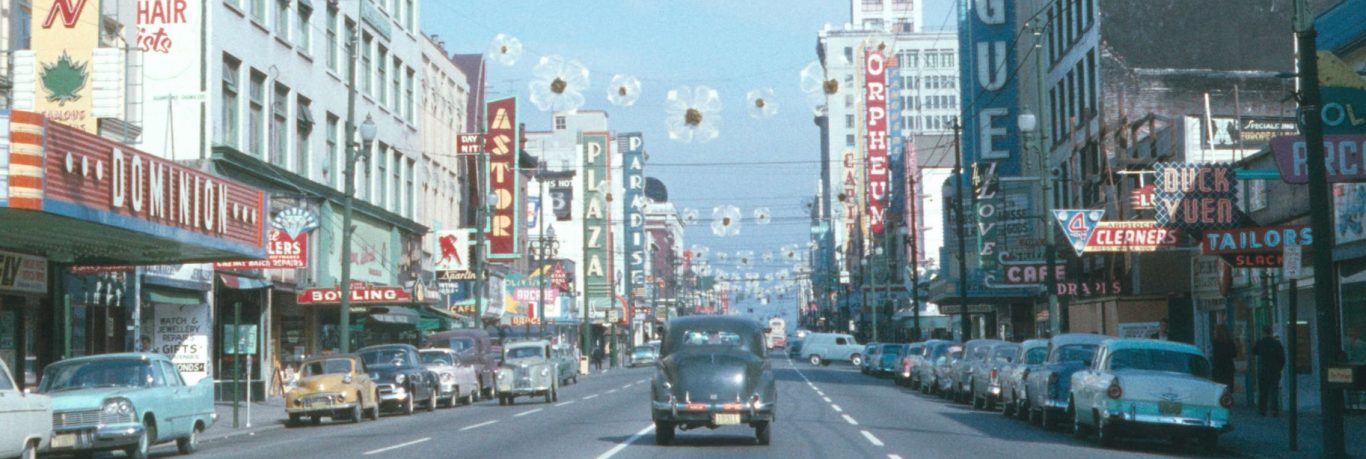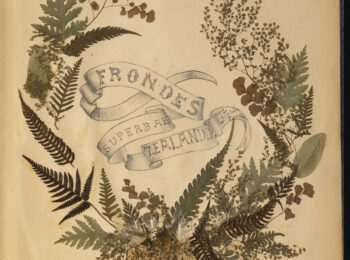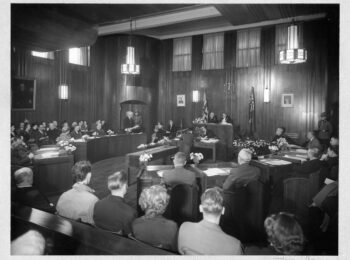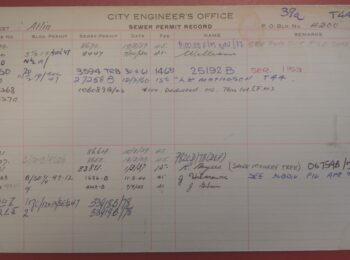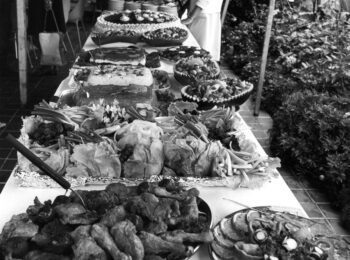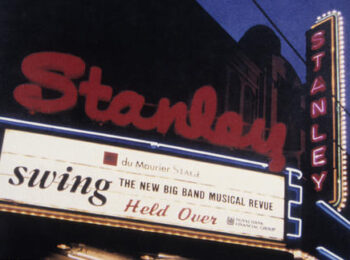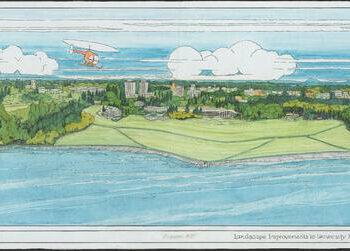Fourth in a series about the BC Sugar records
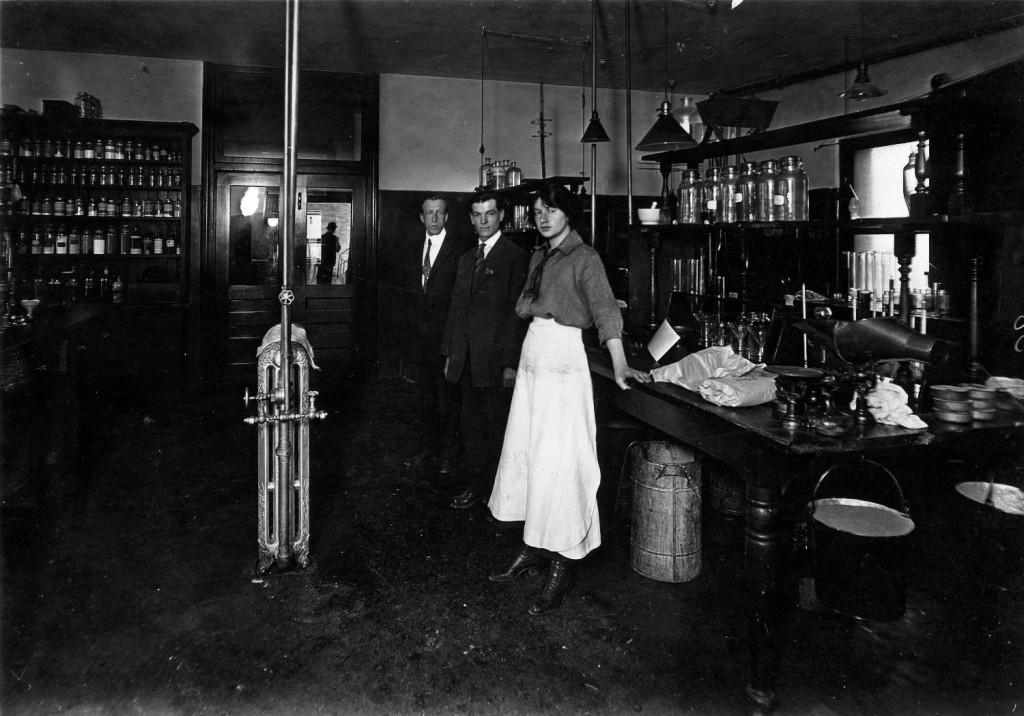
The science of sugar! The refining of sugarcane or sugar beets to make the sugar products that we all know and love requires expertise and scientific precision. The science carried out at BC Sugar is well reflected in the records that were donated to the City of Vancouver Archives. I would like to share with you some of the records that show the science and scientists that worked at the company.
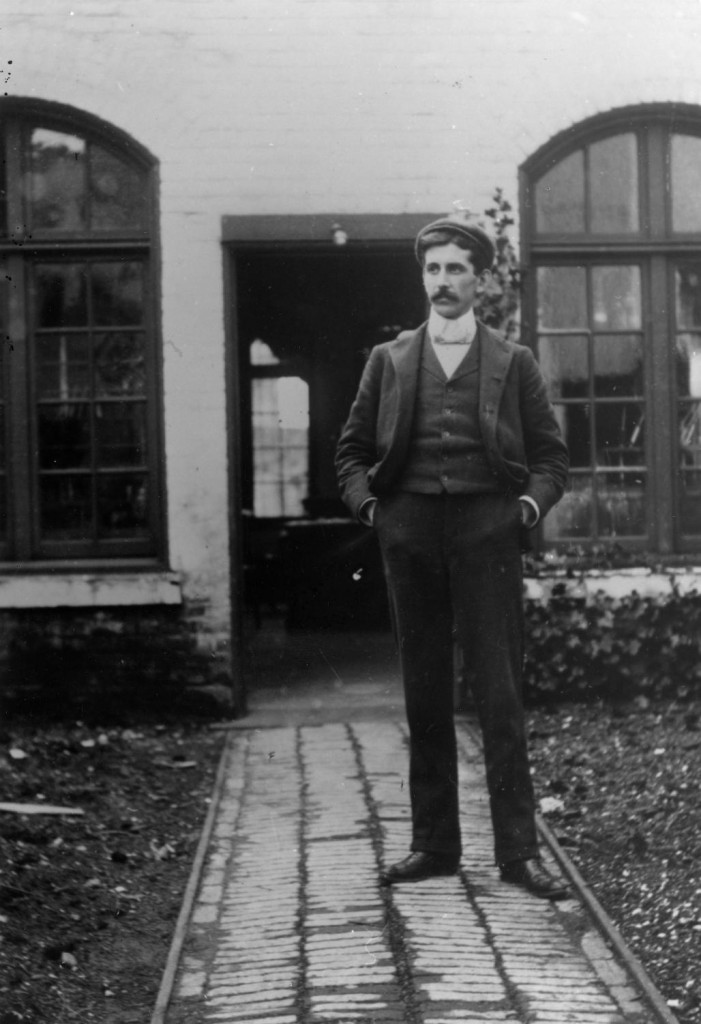
Chemists were not the only scientists employed by BC Sugar; several agriculturists and plant geneticists were also on staff. Still, chemistry played an important role in ensuring the creation of consistent products and in researching new.
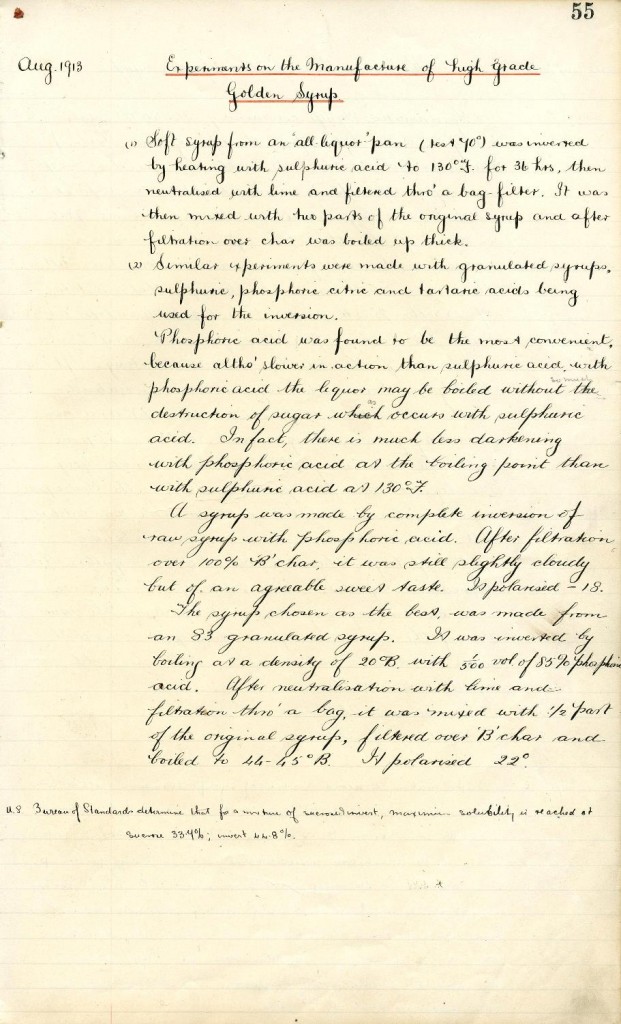
Creating Rogers’ Golden Syrup, a syrup that did not crystalize at room temperature or during storage, was difficult. In 1914, this was achieved by chief chemist Robert Boyd. The above page, from an early laboratory notebook, shows a summary of some successful experiments that lead to the development of Rogers’ Golden Syrup.
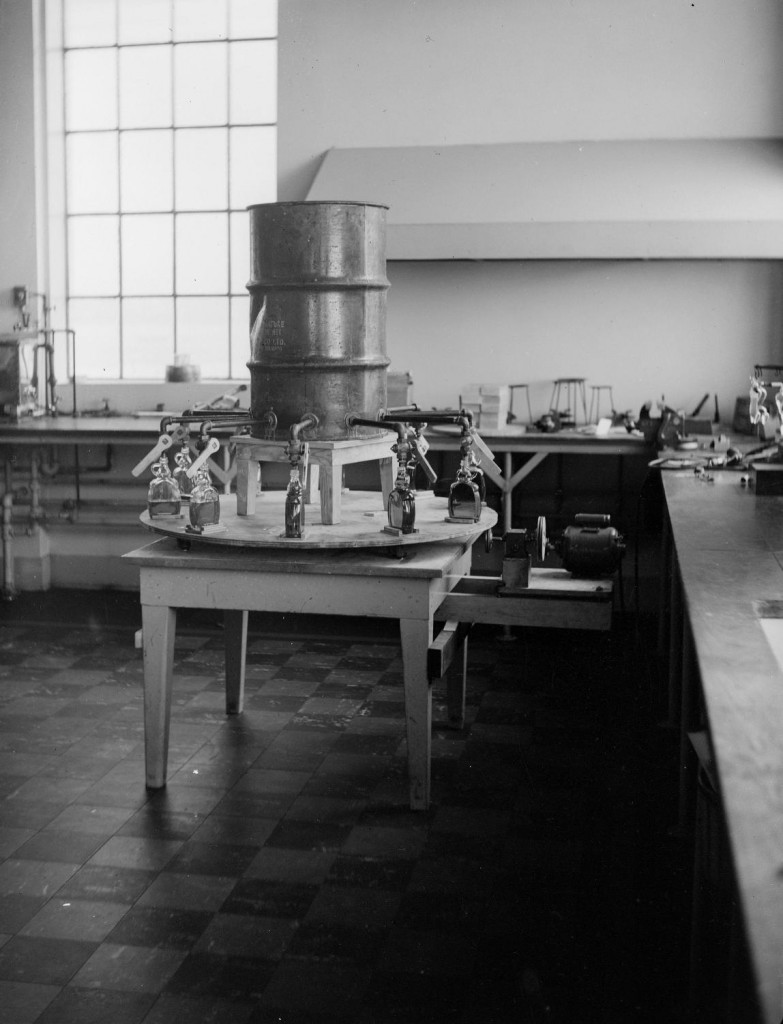
Many people remember the tins that Rogers’ Golden Syrup was originally sold in. Many customers found them useful for various things once empty, such as storing nails or wooden spoons. The move to glass bottles was not taken lightly. The new packaging was tested in the laboratory because it would affect many things such as the appearance of the colour of the syrup packaging and shipping procedures.
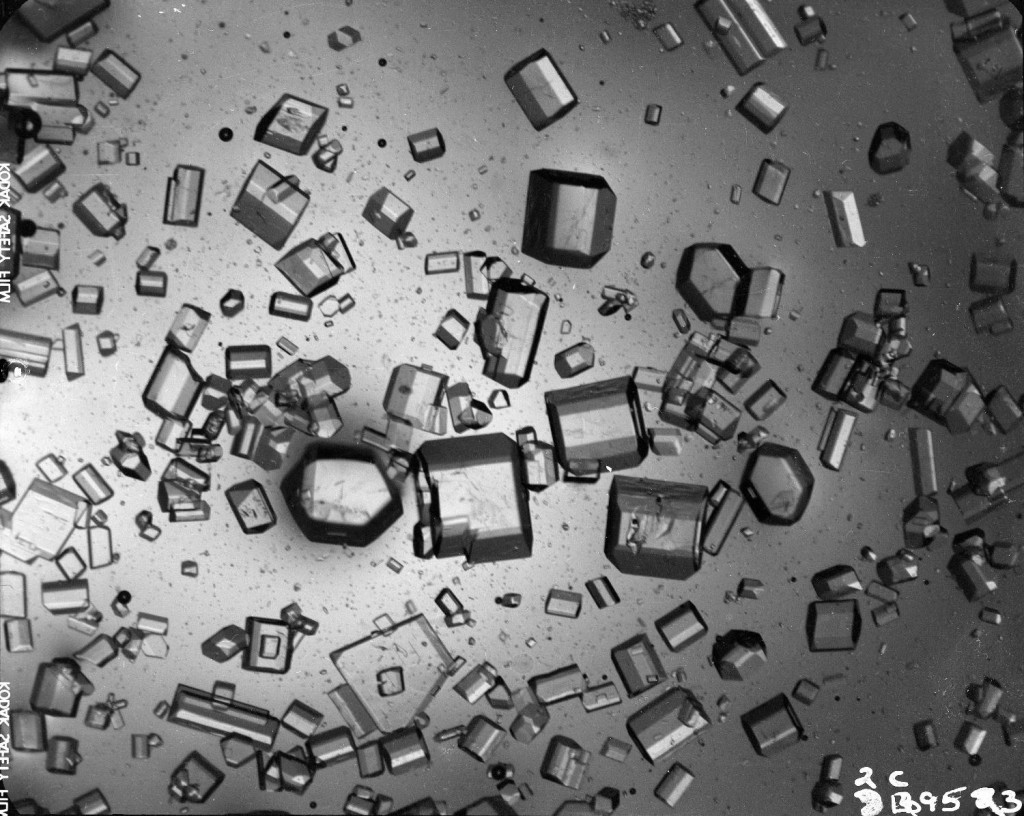
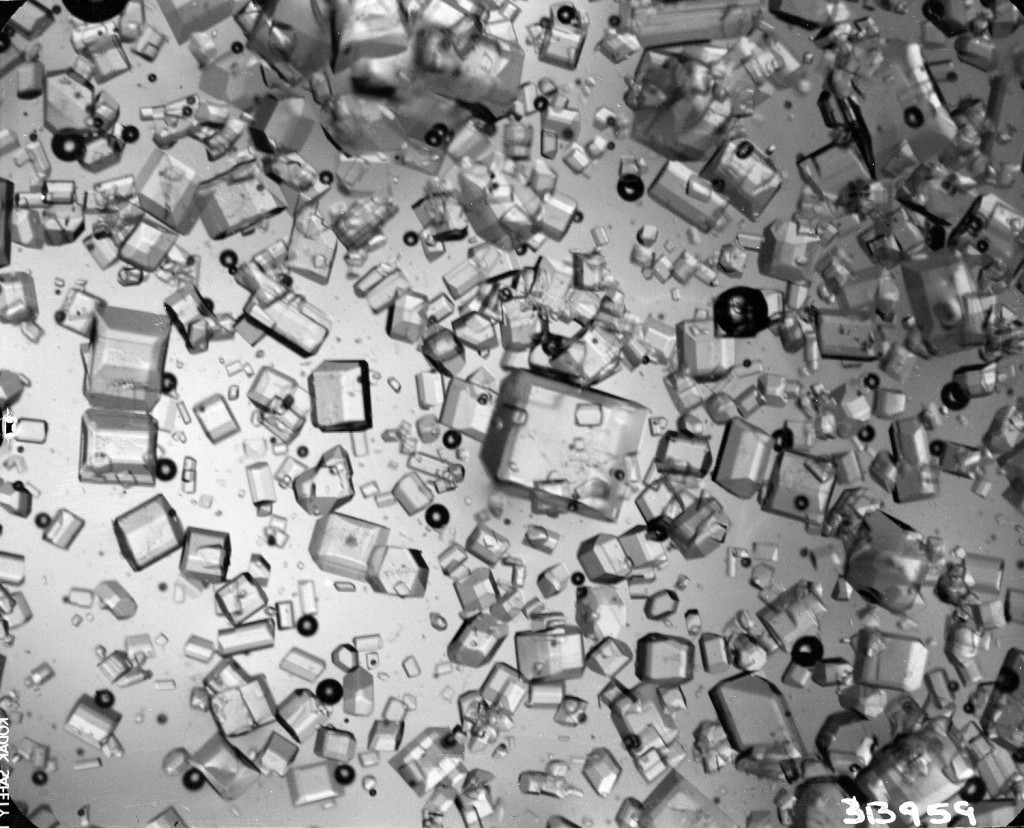
The BC Sugar fonds contains many photographs and negatives of various kinds of sugars in solutions or at different stages during the refining process. In addition to these photographs of sugar samples and crystals, the BC Sugar records also contain laboratory notes, formulas and experiment results.
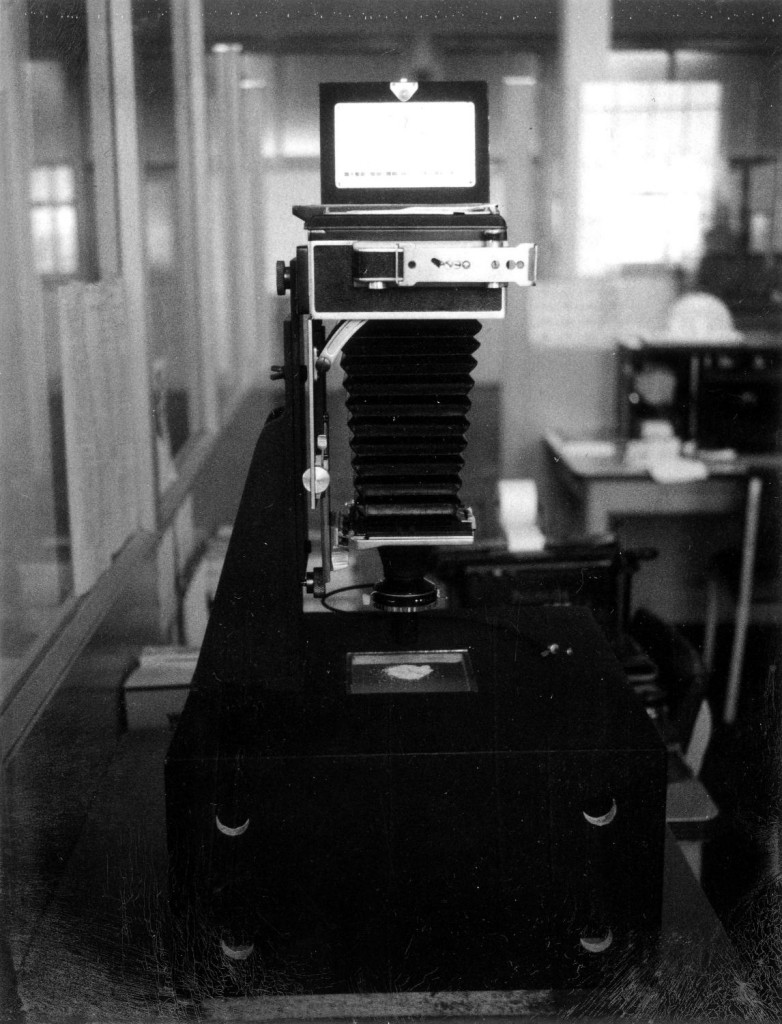
Here is an example of the laboratory staff taking a photograph of the configuration of the camera used for taking photographs of sugar crystals. They may have also been excited about their Linhof camera.
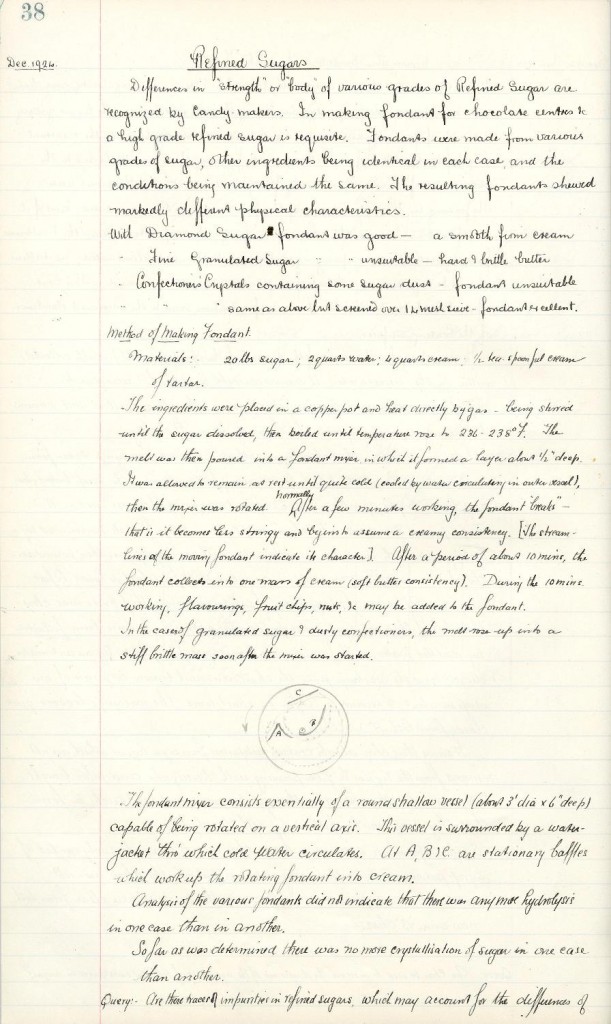
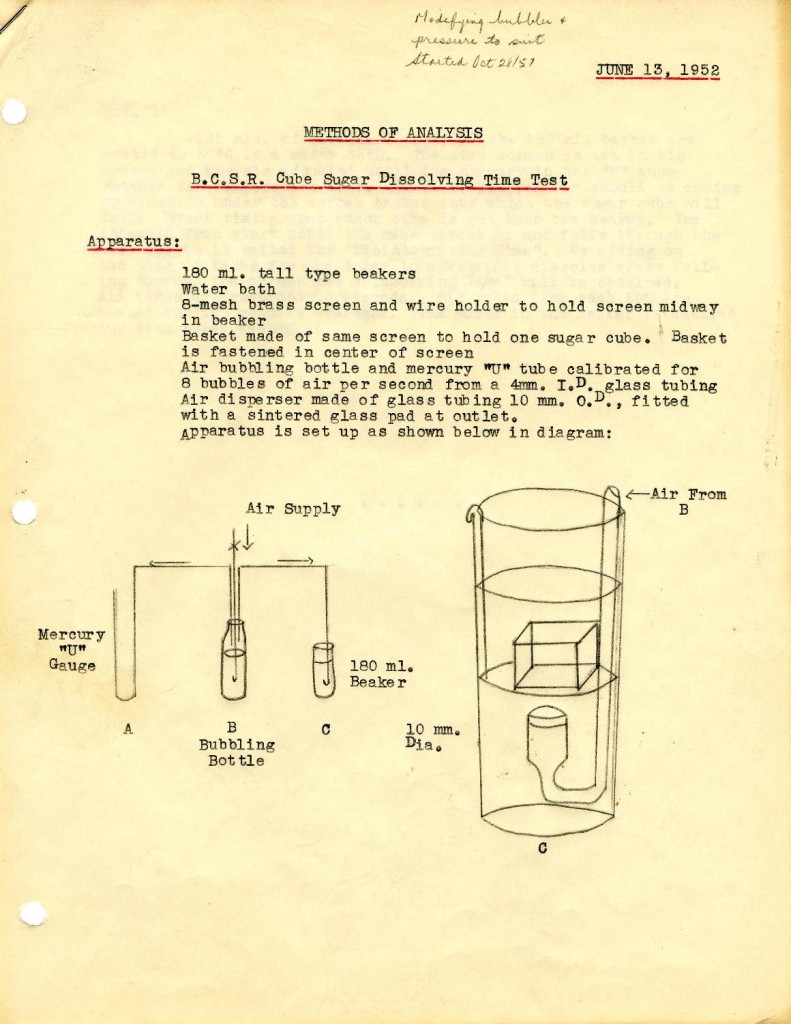
I have featured two sample pages from the books of tests, formulas and other instructions created at BC Sugar for use at their refineries. The fonds also contains results of daily and weekly testing at BC Sugar.
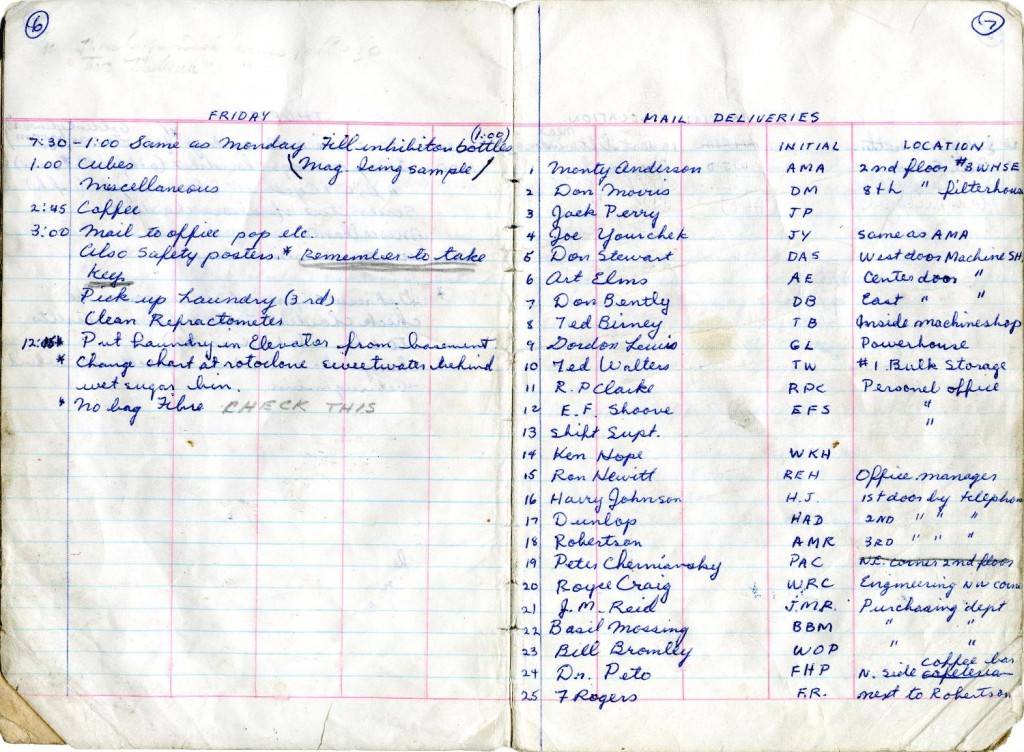
Martin Rogers penned the above well-thumbed lab boy duty book. From the worn nature of the two lab boy duty books in the fonds, it seems likely that the lab boy referred to this manual often, or brought it with him as he carried out the assigned tasks for each day of the week. Many of the duties involved cleaning but the lab boy was entrusted with some routine experiments.
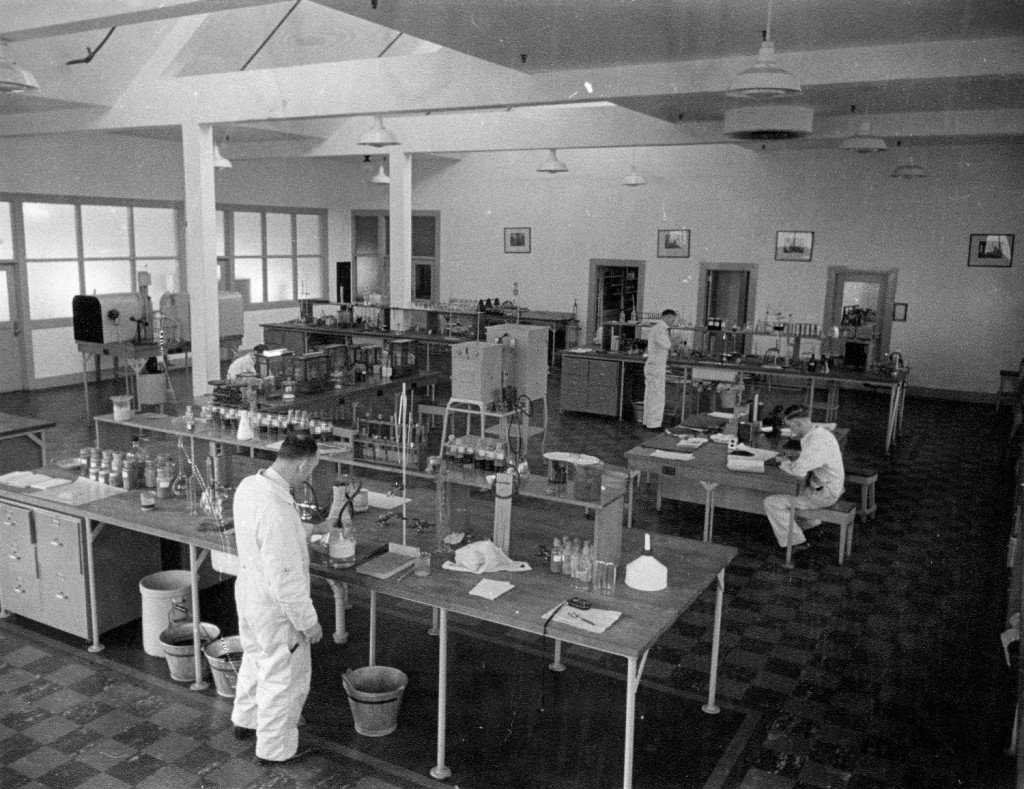
The BC Sugar fonds is a rich resource that will fuel research for people of diverse interests from the history of our beautiful city to labour relations and unions, and from cultural anthropology (the culture and politics of food) and the history of science to genealogists whose family members worked at BC Sugar. Such future use of their records may not have been uppermost in the minds of these chemists as they performed their assigned tasks to ensure the daily smooth operation of refining sugarcane at BC Sugar.
Over the course of the next couple of years the textual records, photographs, moving image materials, architectural drawings, and other materials in the BC Sugar fonds will be preserved, arranged, described and made available to researchers. We look forward to providing access to and sharing more stories and highlights from this exciting fonds.
The City of Vancouver Archives would like to thank Lantic Inc. for its financial support for the archival processing of the BC Sugar fonds, which has made it possible for the Archives to make these records available to the public at this time.
